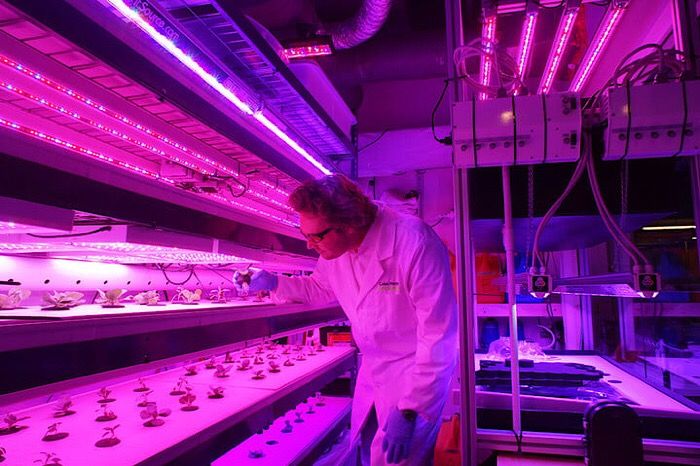The treatment could transform the lives of five million in the UK who have the disease.


The space rock could hold clues to the origins of our solar system, and maybe even life on Earth.

As promising as a drug candidate may be, the unfortunate truth is that not all of them end up performing as hoped – but that doesn’t mean they’re completely useless. Researchers at Oxford University have managed to give second life to an experimental cancer drug known as tasquinimod, which has now shown promise in preventing Parkinson’s.

December 1 is World AIDS Day, an annual event dedicated to raising awareness and money to fight AIDS around the world.
Over the last four decades, HIV and AIDS have been at the forefront of advocacy and research. But despite medical advances, AIDS remains one of the most destructive pandemics in history, particularly of youth.

Twenty-five years ago today, a group of astronauts ascended in the space shuttle to accomplish a feat of unprecedented proportions: to fix NASA’s Hubble Space Telescope, in space. Learn how the ingenuity of those repairs blazed the way for decades of not only satellite repairs, but also space exploration: https://go.nasa.gov/2FWHuXz&h=AT1qFoI48_v6tgpXkkQf7uBHIj2Xuh…jlZErelV8A

Critics say that geoengineering efforts are Band-Aid solutions that treat the symptoms of climate change instead of the cause: global carbon emissions. Jim Thomas, the co-executive director of an environmental advocacy organization called the ETC Group, told Nature that he fears the Harvard project could push the concept of geoengineering into the mainstream.
But advocates say that anything that could buy some extra time in the face of looming climate catastrophe is worth exploring.
“I’m studying a chemical substance,” Harvard researcher Zhen Dai told Nature. “It’s not like it’s a nuclear bomb.”

I’m Caleb Harper, principal investigator and director of the Open Agriculture initiative at the MIT Media Lab. Kent Larson courtesy of MIT Media Lab.
In his book Tomatoland: How Modern Industrial Agriculture Destroyed Our Most Alluring Fruit, Barry Estabrook details how grocery store tomatoes are both less nutritious and delicious than those grown decades ago. Industrial farming now grows crops for yield, sacrificing taste and vitamins for an easy-to-harvest, shippable product. It’s why apples at your local supermarket are probably about a year old. Caleb Harper, a principal research scientist at MIT and director of the OpenAg Initiative, wants to use technology to grow food that’s healthier, tastier, and more sustainable.
“Growing for nutrition and growing for flavor, it’s not really something anyone does,” he told Digital Trends at the recent ReThink Food conference in Napa, California.
A ‘signalling issue’ in the cells that form hair was found by New York scientists. This pathway can be stimulated in matured or wounded skin, the study on mice found.


Mountains and volcanoes are some of the most fascinating geological formations on Earth — and scientists and adventurers alike can’t get enough of them. Not a lot of us will get a first-hand look at what the planet’s tallest peaks and ranges look like from their summits, but thanks to the photos taken by NASA satellites in orbit and camera-wielding astronauts in space, they are visible as they never would be to the naked eye — hundreds of miles above the Earth.
Click through the slideshow to see stunning images of the Earth’s mountains and volcanoes — from Mount Everest and the Himalayas to the volcanoes of Hawaii and the snow-covered peaks of the Rocky Mountains — captured from space.